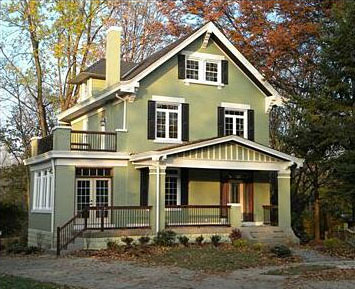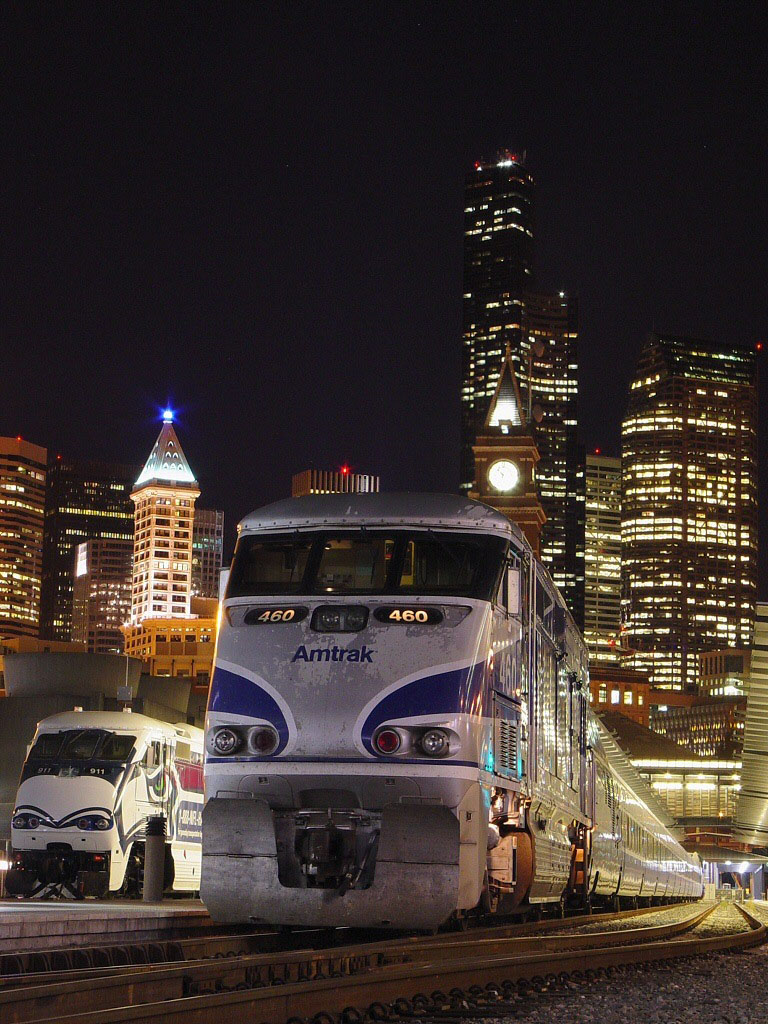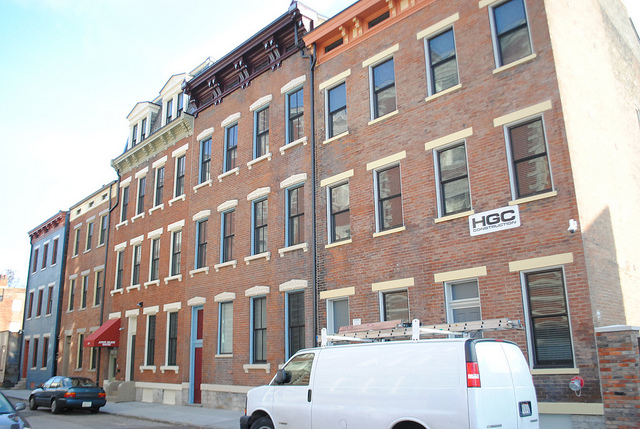Since the inception of Neyer Properties in 1995, the company has developed hundreds of projects totaling over $1 billion in both construction and development in the Cincinnati region. While the company has typically focused on commercial development, they have begun investing in a new real-estate company called Home Restart. The relatively new endeavor specializes in buying distressed homes, making renovations, and re-selling the properties.
Over the past year, the company has purchased, renovated, and prepared seven houses for re-sale. In that time, they have intentionally focused their efforts in more desirable urban neighborhoods like Hyde Park, Oakley, Edgewood and Fort Thomas. According to the company’s leadership, this was done to help make the projects successful in an otherwise difficult market.
“The housing market has taken a hit throughout the Greater Cincinnati area, but neighborhoods such as Hyde Park and Fort Thomas always have a relatively active market,” explained Anne Pond, Vice President of ReStart. “By focusing on these areas, we can decrease the number of days that our houses sit on the market.”
According to Pond, the large stock of historic homes in these neighborhoods is another key selling point, as they have a charm that cannot be replicated in new construction.
“Over the years, many older homes have fallen into disrepair and have been converted into two-family homes,” Pond continued. “We work very hard to maintain the charm and character of historic homes, while bringing them up-to-date for modern living.”
Pond says that ReStart typically purchases homes from anywhere between $50,000 and $200,000. After the initial purchase, ReStart then renovates and sells the properties for prices ranging between $130,000 and $350,000. Following this work, ReStart then turns to Neyer Properties for its expertise in purchase approval, renovations, and finance management.
Of the seven homes purchased and renovated through the program thus far, five have been sold and another is currently under contract.








